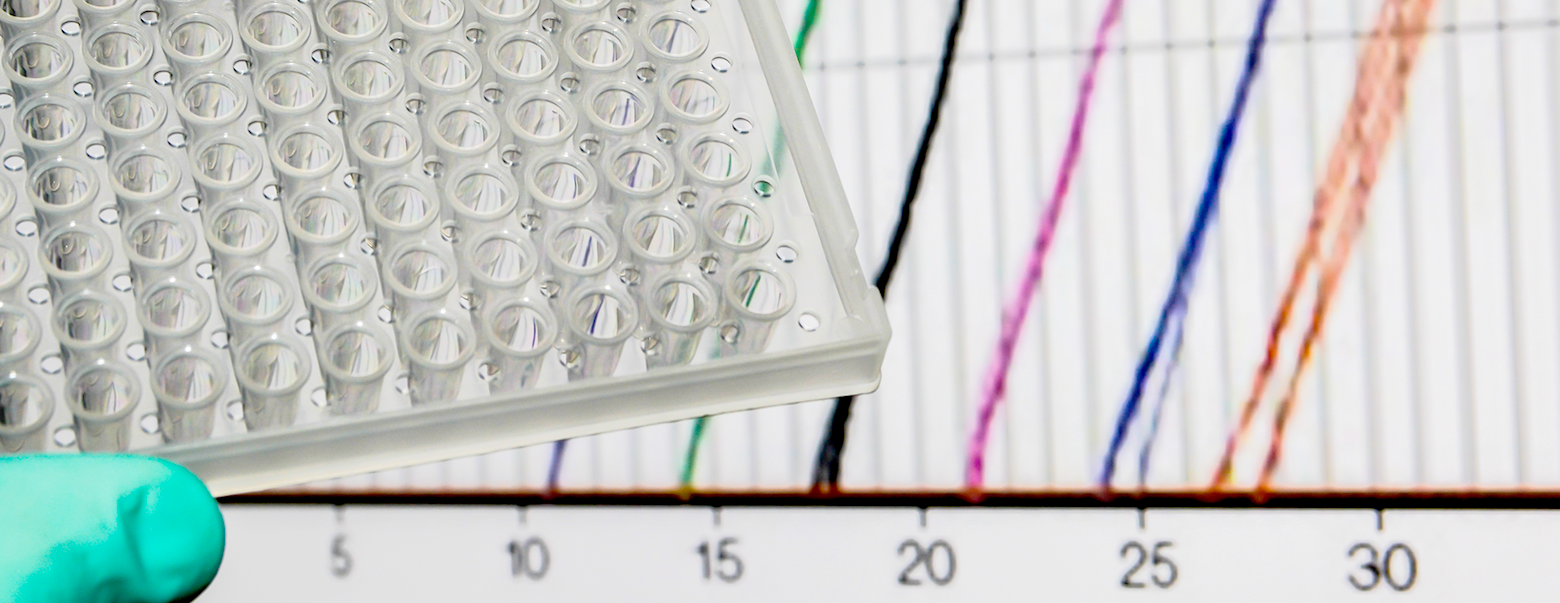Ct Value and its Implications

Infectiousness and Disease Severity1)-6)
All pathogenic microorganisms causing infectious diseases are contagious. Patients with lower Ct values are generally more severe than those with higher Ct values because they have higher loads and are shedding more pathogen particles, which can be spread to others through secretion droplets or contact with surfaces. Ct values are associated with valuable clinical outcomes such as the severity and duration of symptoms, even mortality. Patients with lower Ct values tend to have more severe symptoms and worse effects. Healthcare professionals can use Ct values to determine the infectiousness of patients and make informed decisions about hospitalization, quarantine protocols, and more intensive treatment to prevent the spread of infection.
Treatment Applying and Monitoring7)
Ct values can be used to monitor the effectiveness of treatments for viral infections. Patients who respond well to treatment should have decreased Ct values over time, indicating a lower viral load. If a patient's Ct values remain high or increase despite treatment, it may indicate treatment failure or the emergence of drug-resistant strains. Healthcare professionals can use Ct values to monitor the effectiveness of treatments and adjust treatment plans about changing dosages, switching medications, or continuing supportive care.
Outbreak Dynamics and Management8)-13)
Ct values can provide valuable insights into the epidemiology of viral outbreaks. Wastewater testing has emerged as a promising technique for the early detection of outbreaks. This technique involves analyzing the sewage samples from communities to identify the presence of specific pathogens such as SARS-CoV-2, influenza, and diarrhea-causing viruses. The technique has gained popularity in recent years because of its ability to detect viruses in communities where testing is not feasible due to financial or logistical limitations. One of the most critical factors in wastewater testing is the Ct value, which measures the virus in the sample. In many studies, the Ct values obtained from the samples were used to estimate the number of infected individuals in each community, demonstrating the effectiveness of wastewater testing in detecting outbreaks early.

Seegene's AllplexTM products have been developed to maximize the effectiveness of syndromic testing by enabling the detection of multiple targets in a single reaction. Our products are further enhanced by the 3 Ct technology, our latest innovation, which allows the detection of up to 15 individual pathogens simultaneously, along with their respective Ct values. We at Seegene take immense pride in providing these cutting-edge molecular diagnostic assays that help healthcare professionals and researchers improve patient care and public health outcomes.
References
1 Erin Chung et al., Comparison of symptoms and RNA levels in Children and Adults with SARS-CoV-2 Infection in the Community Setting. JAMA Pediatrics. 2021; 175(10). 2 Angela Gentile et al., COVID-19 in Children: Correlation between epidemiologic, clinical characteristics, and RT-qPCR cycle threshold values. Pediatr Infect Dis J. 2022; 41:666-670. 3 Stéphane Bonacorsi et al., Systematic Review on the Correlation of Quantitative PCR Cycle Threshold Values of Gastrointestinal Pathogens With Patient Clinical Presentation and Outcomes. Front Med (Lausanne). 2021; 8:711809. 4 Donia Bouzid et al., Systematic review on the association between respiratory virus real-time PCR cycle threshold values and clinical presentation or outcomes. J Antimicrob Chemother. 2021; 76. 5 James A. Fuller et al., Association of the CT values of Real-Time PCR of Viral Upper Respiratory Tract Infection with Clinical Severity. Journal of Medical Virology. 2013; 85: 924-932. 6 Helena C. Maltezou et al., Association between Upper Respiratory Tract Viral Load, Comorbidities, Disease Severity, and Outcome of Patients with SARS-CoV-2 Infection. The Journal of Infectious Diseases. 2021; 223. 7 Tejal Mehta et al., Detection of Oseltamivir Resistance during Treatment of 2009 H1N1 Influenza Virus Infection in Immunocompromised Patients: Utility of Cycle Threshold Values of Qualitative Real-Time Reverse Transcriptase PCR. Journal of Clinical Microbiology. 2010; 48(11): 4326-4328. 8 Bridgette Hughes et al., Respiratory Syncytial Virus (RSV) RNA in Wastewater Settled Solids Reflects RSV Clinical Positivity Rates. Environ. Sci. Technol. Lett. 2022; 9:173-178. 9 Shadi W. Hasan et al., Detection and quantification of SARS-CoV-2 RNA in wastewater and treated effluents: Surveillance of COVID-19 epidemic in the United Arab Emirates. Science of the Total Environment. 2021; 764:142929. 10 Mohamed N. F. Shaheen et al., The first detection of SARS-CoV-2 RNA in urban wastewater in Giza, Egypt. Journal of Water & Health. 2022; 8:1212. 11 Abdulla Albastaki et al., First confirmed detection of SARS-CoV-2 in untreated municipal and aircraft wastewater in Dubai, UAE: The use of wastewater based epidemiology as an early warning tool to monitor the prevalence of COVID-19. Science of the Total Environment. 2023; 760:143350. 12 Claire Fuschi et al., Wastewater-Based Epidemiology for Managing the COVID-19 Pandemic. ACS EST Water. 2021; 1:1352-1362. 13 Sadhana Shrestha et al., Wastewater-Based Epidemiology for Cost-Effective Mass Surveillance of COVID-19 in Low- and Middle-Income Countries: Challenges and Opportunities. Water. 2021; 13:2897.
Follow us on social media
